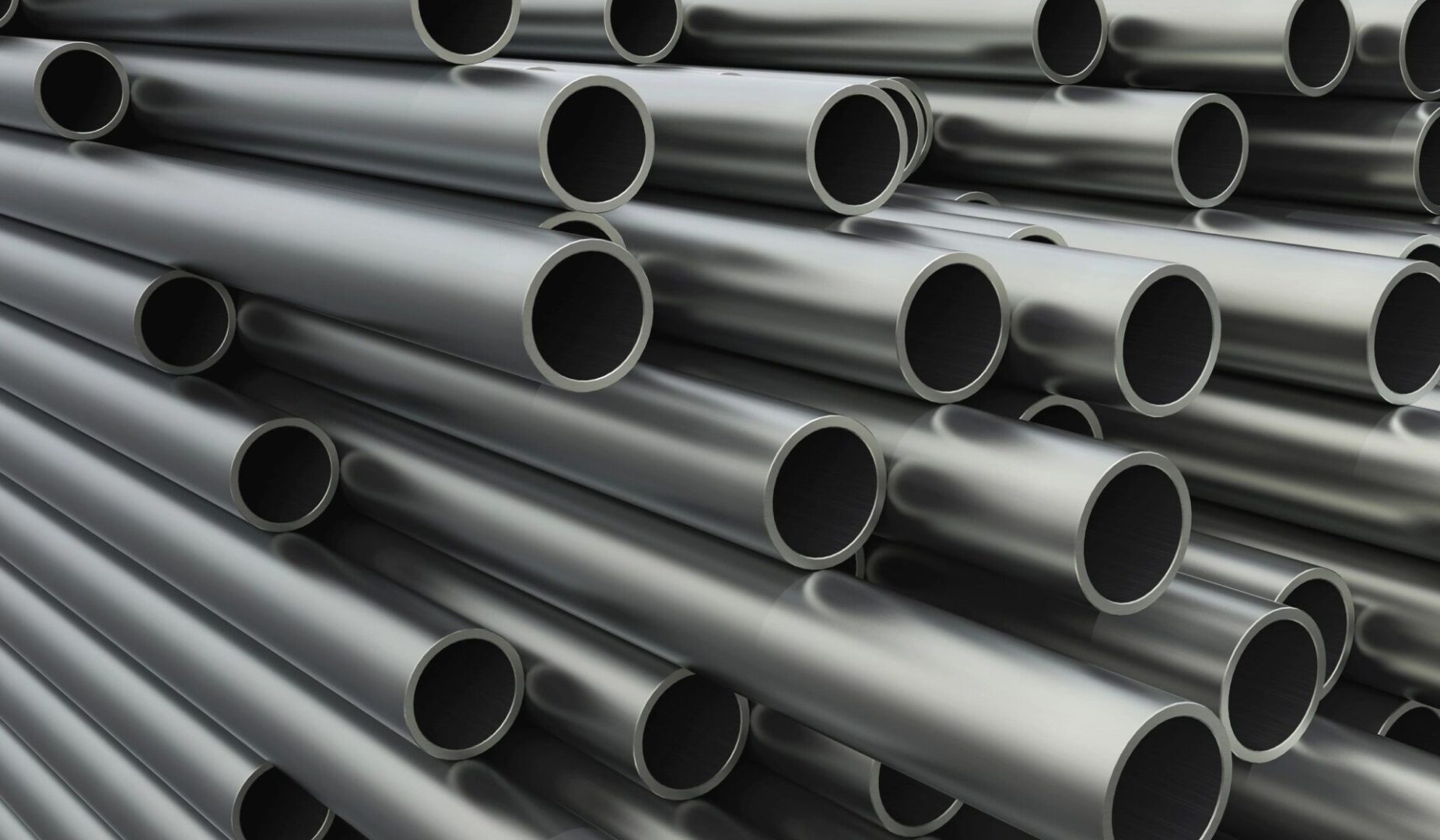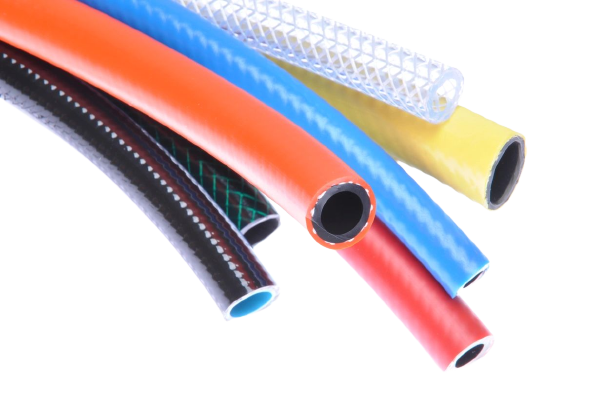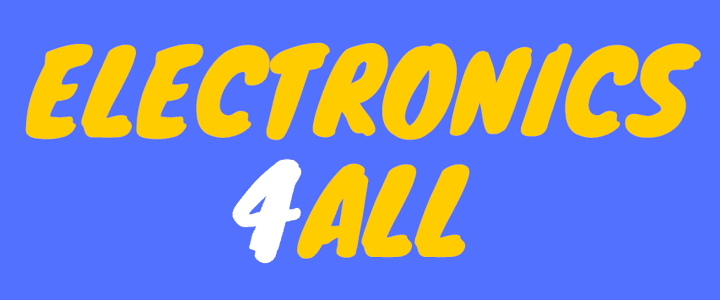Industrial Design
Design Process
Step 1. Requirements
Product requirements, such as IP rating, EMI shielding, environment, use case, etc., are gathered.
Step 2. Sketches
5-10 hand sketches of 2D/3D photorealistic images in a variety of colors and textures.
Step 3. 3D Modeling
3D model generated for “Top 3” sketches.
Step 4. Finalize Model
2D drawing and enhanced 3D model generated for selected enclosure.
Step 5. Prototyping
3D printing enclosure to evaluate aesthetics and verify mechanical measurements.
Step 6. DFM
Design for manufacturability; prepare manufacturing package for production build.
Our mechanical and industrial designers are with you every step of the way, from creating the concept to addressing any manufacturing concerns, resolving technical challenges, and post-launch product support.
Material Selection
Our team has a wealth of experience and expertise in the use of all the listed materials below:
Materials

Capabilities and Application








